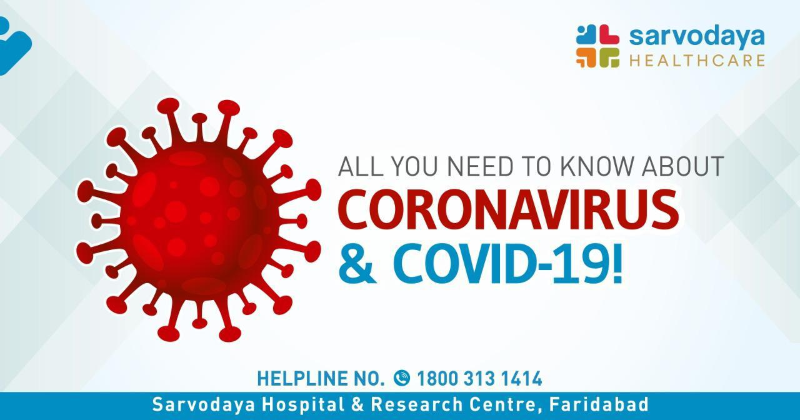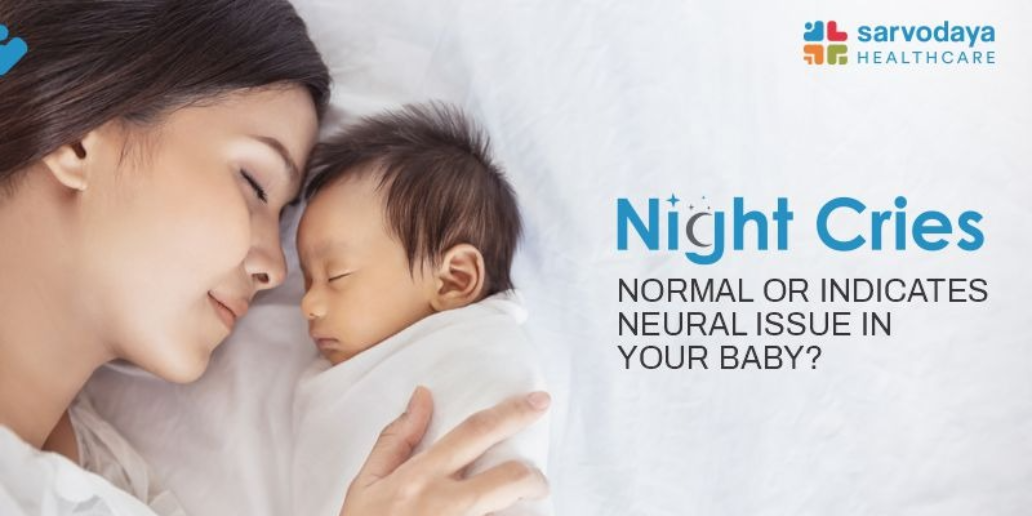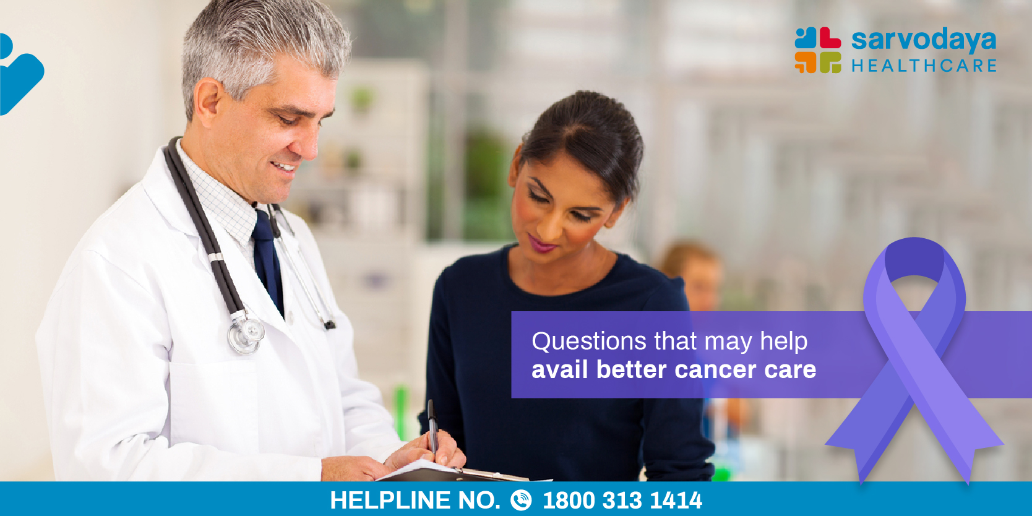Coronavirus is a large family of viruses that causes illnesses like Severe Acute Respiratory Syndrome (SARS) and the Middle East respiratory syndrome (MERS). Towards the end of the year 2019, a new type of coronavirus called Severe Acute Respiratory Syndrome Coronavirus 2 (SARS-CoV-2) was identified. It causes the disease we know as Coronavirus Disease 2019 or COVID-19. By March 2020, the World Health Organization (WHO) declared this COVID-19 outbreak as a pandemic.
Despite the global outbreak news making headlines, and it becoming a major cause of panic, this infection can be prevented. This is because one can only get infected, by coming in contact with someone who already has the infection, through air droplets or contaminated surfaces. Thus, healthcare organizations like WHO & others, have issued guidelines, recommendations & home isolation advice to prevent the spread of this disease.
Symptoms of COVID-19
Symptoms of the Coronavirus disease are likely to appear within 2-14 days after exposure. The time between exposure and development of symptoms is called the incubation period. Children show similar symptoms as adults but usually have a mild illness.
Common COVID-19 symptoms include:
-
Fever
-
Cough
-
Cold
-
Tiredness
Other symptoms may include:
-
Difficulty in breathing
-
Chest pains
-
Sore throat
-
Headaches
-
Chills & nausea
-
Muscle aches
-
Vomiting and diarrhea
The severity of COVID-19 symptoms can vary from person to person. An individual may develop only a few symptoms or may develop no signs at all. Older people with chronic diseases such as heart disease, lung conditions, diabetes, severe obesity, kidney or liver disease, or weak immune systems are at a higher risk of getting infected with the Coronavirus and developing serious illnesses.
Causes
The new coronavirus SARS-CoV-2 which causes COVID-19 can spread among people who are in close contact with each other (within 6 feet or 2 meters) or with an infected surface. The virus is primarily transmitted through cough, sneeze, or exhaled droplets of an infected person. The droplets are so heavy that they cannot hang in the air and thus fall on certain surfaces, thereby contaminating them. One can get the infection by touching that contaminated surface and then touching their eyes, nose, or mouth.
Treatment for the Coronavirus Disease
Unfortunately, no treatment or vaccination has been specifically approved for COVID-19 but research is going on. The coronavirus disease is treated to manage the symptoms as the virus completes its course. One may need urgent medical attention and thus it is important to seek medical help in case of any suspicion of infection.
Currently, doctors are using the following therapies to treat the illnesses which include:
-
Blood plasma transfusions
-
Anti-viral medications
-
Breathing support in case of trouble breathing
-
Steroids to control lung swelling
Risk Factors
Any person who comes into contact with a coronavirus infected person lives with someone who is infected or takes care of an infected person at home; is at a high risk of getting infected themselves. People who have been exposed to an infected person’s saliva are at the utmost risk of this infection.
The COVID-19 risks also include severe medical complications such as:
-
Pneumonia
-
Severe trouble while breathing
-
Heart problems
-
Acute kidney injuries
-
Several organ failures
-
Additional viral and bacterial infections
Prevention
WHO recommends the following prevention steps to control the widespread of the coronavirus:
-
Wash your hands often with soap & water, and/or rub alcohol-based sanitizers, for at least 20 seconds.
-
Stay at home as much as possible.
-
Wear gloves and face masks while going out.
-
Maintain a safe distance from a coughing or sneezing person.
-
Avoid touching your eyes, nose, or mouth.
-
Cover nose and mouth with your bent elbow or tissues while coughing or sneezing.
-
If you catch a cold, fever, or cough and face difficulty in breathing, seek urgent medical attention. Follow the directions of the doctor.
Home Isolation
In the case of mild symptoms, one can seek home isolation while following the rules issued by the Government of India. To enable home isolation or self-quarantine, the person must have the requisite facilities at their residence for them and family members. They must choose a 24X7 caregiver who should be in communication with the hospital for the entire duration of the home quarantine. The family members and the caregiver must take Hydroxychloroquine prophylaxis as per protocol preferably as per the prescription of a doctor. During self-isolation, one must install the Arogya Setu mobile app (available at https://www.mygov.in/aarogya-setu-app/) and ensure that it remains active at all times. The patient’s health must be monitored regularly and the District Surveillance Officer must be kept informed.
The patient can discontinue the self-quarantine period after 17 days of onset of symptoms (or date of sampling, for pre-symptomatic cases) or if the patient tests negative twice along with no fever for 10 days










